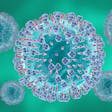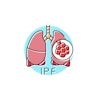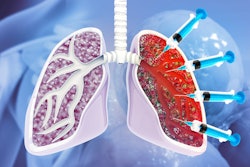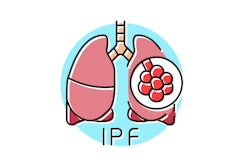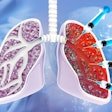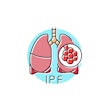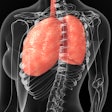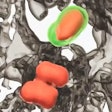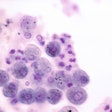
Recent research aimed to prove that early postoperative administration of treprostinil in children who had Fontan surgery could decrease pulmonary arterial pressure and increase oxygenation.
The single-center retrospective study, “Efficacy and Safety of Treprostinil in Pediatric Pulmonary Hypertension Following Fontan Surgery: A Real-World Analysis,” was conducted at the Shanghai Children’s Medical Center and published in BMC Pediatrics.
The study enrolled 154 patients who underwent Fontan surgery between January 2015 and December 2023. They were split into two groups of 77 patients each — one group was treated with treprostinil (T group) and one group was not treated (NT group). Researchers isolated demographic data, such as age, weight and height, and clinical data, including type of cardiac defect and surgery.
Scientists analyzed the following postoperative variables:
- Hemodynamic data
- Inotropic scores (IS)
- Mean pulmonary arterial pressure (mPAP)
- Pulmonary to systemic pressure ratio (Pp/Ps)
- Volume of drainage
- Fluid balance
- PaO2/FiO2(P/F)
Key findings from the study included:
- The T group showed significantly higher effective rates at postoperative days 1 and 2 (POD1=90.9% and POD2=93.5%) compared to the NT group (75.3% and 79.2%, respectively).
- Patients who received treprostinil ≥20 ng/kg/min showed significant reductions in mPAP and Pp/Ps (p<0.001).
- The T group showed significantly lower mPAP (p=0.045) and Pp/Ps (p=0.009) compared to baseline as well as higher P/F ratio (p=0.02) on POD1.
- The T group had longer mechanical ventilation (p=0.001) and ICU stay (p=0.031).
“Treprostinil treatment significantly reduced mPAP and Pp/Ps in the early postoperative period following Fontan surgery, with higher doses of treprostinil yielding more substantial hemodynamic improvements,” the authors wrote. “But it did not significantly alter short-term clinical recovery, with no major adverse reactions observed.”
The research group completed the statistical analysis using SPSS software, with significance set at p<0.05. Patient data was adjusted for baseline differences using propensity-score matching.
